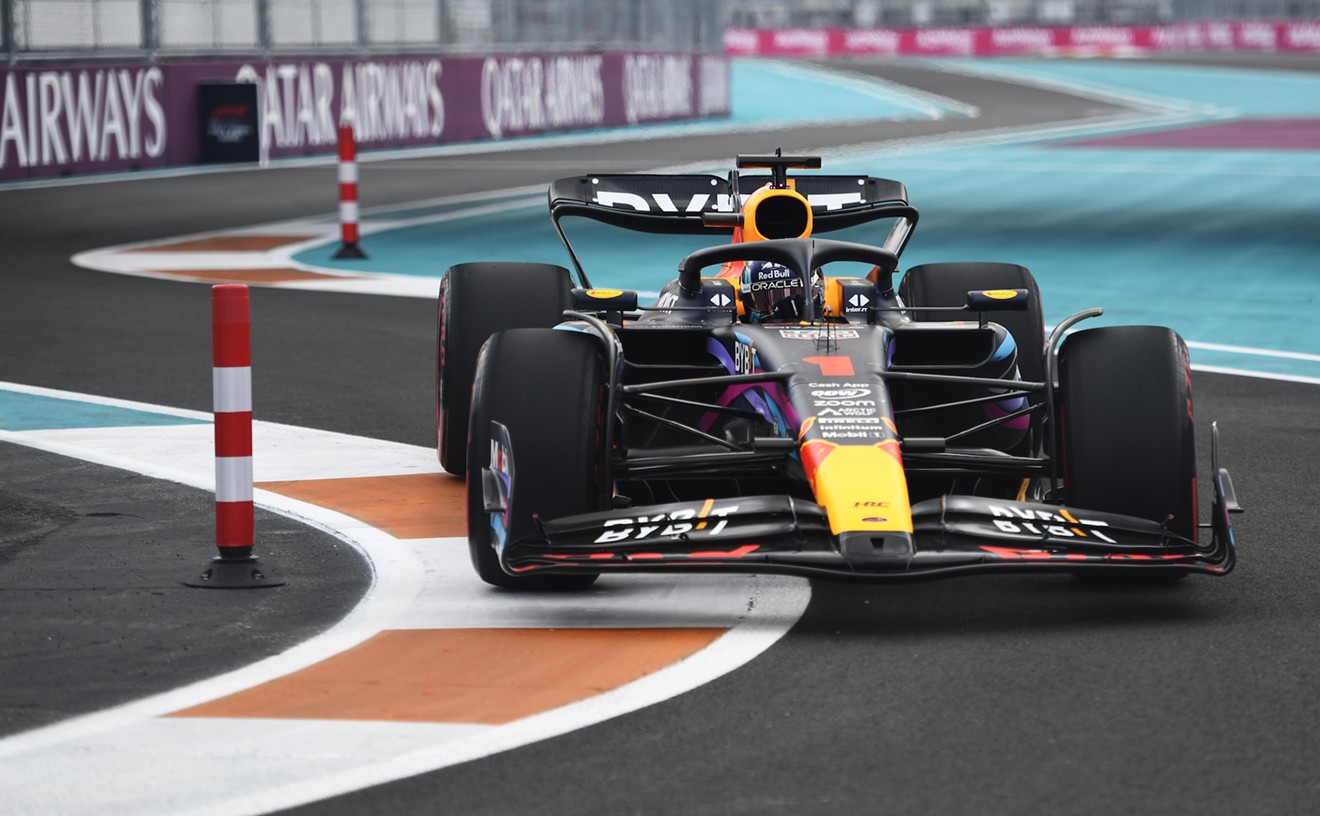Completed in 1957, the illustrations are marked with a tinge of nostalgia. Growing up in Malaga, Picasso nurtured a fascination with the romantic nature of the sport. In fact, one of his early canvasses from 1889 was of a bullfighter. This particular series, however, was inspired by the famous 18th-century matador José Delgado, known colloquially as Pepe Hillo.
"It makes me feel like I'm standing in the middle of a bullring," said local art lover and opening night attendant Chris Menendez. "What's crazy is that he does that just using black ink."
As works of art, the series is marked with Picasso's interest in reducing the elements of figurative representation down to its barest essentials. For example, instead of fully fleshed out spectators, the painter chooses dots of black ink to stand-in for the crowd. Yet despite the disconnect between form and referent, the viewer can seamlessly connect the dots. It's their context that gives the dots their meaning, implying a Gestalt point-of-view and making the whole, in other words, more than just the sum of the individual parts. Though fairly abstract, the pieces still retain basic elements of perspective the artist was so keen on upturning in his earlier cubist work.
In one of the pieces, he tries to capture the intricacy of a bullfighters smock with dots of black ink shaded within a slender frame and carefully dotted along the outline. As shape, form, and line are reduced to their simplest form, scenery, story, and drama take center stage.
His treatment of movement is interesting. If you've ever seen a bullfight in real life, you know that the affair is marked by moments of stilted tension followed by quick bursts of action. In much the same way Jackson Pollock made energy visible in his action paintings, Picasso tries to capture the torrid and visceral energy of the skirmish.
One can't overlook the photographic, or rather, the cinematic influences in La Tauromaquia o Arte de Torear. Almost all the pieces are composed from the perspective of an audience member, like an attendant snapped the shots while he took part of the spectacle. Each illustration also bears a striking resemblance to an individual film cell, permanently freezing a transient moment marked by an indescribable incandescence.
La Tauromaquia o Arte de Torear (Bullfighting or Art of the Bullfighter)
Works from the Bank of America Collection. On view until October 28 at Bakehouse Art Complex, 561 NW 32nd St., Miami. Admission is free; 305-576-2828; bacfl.org.











